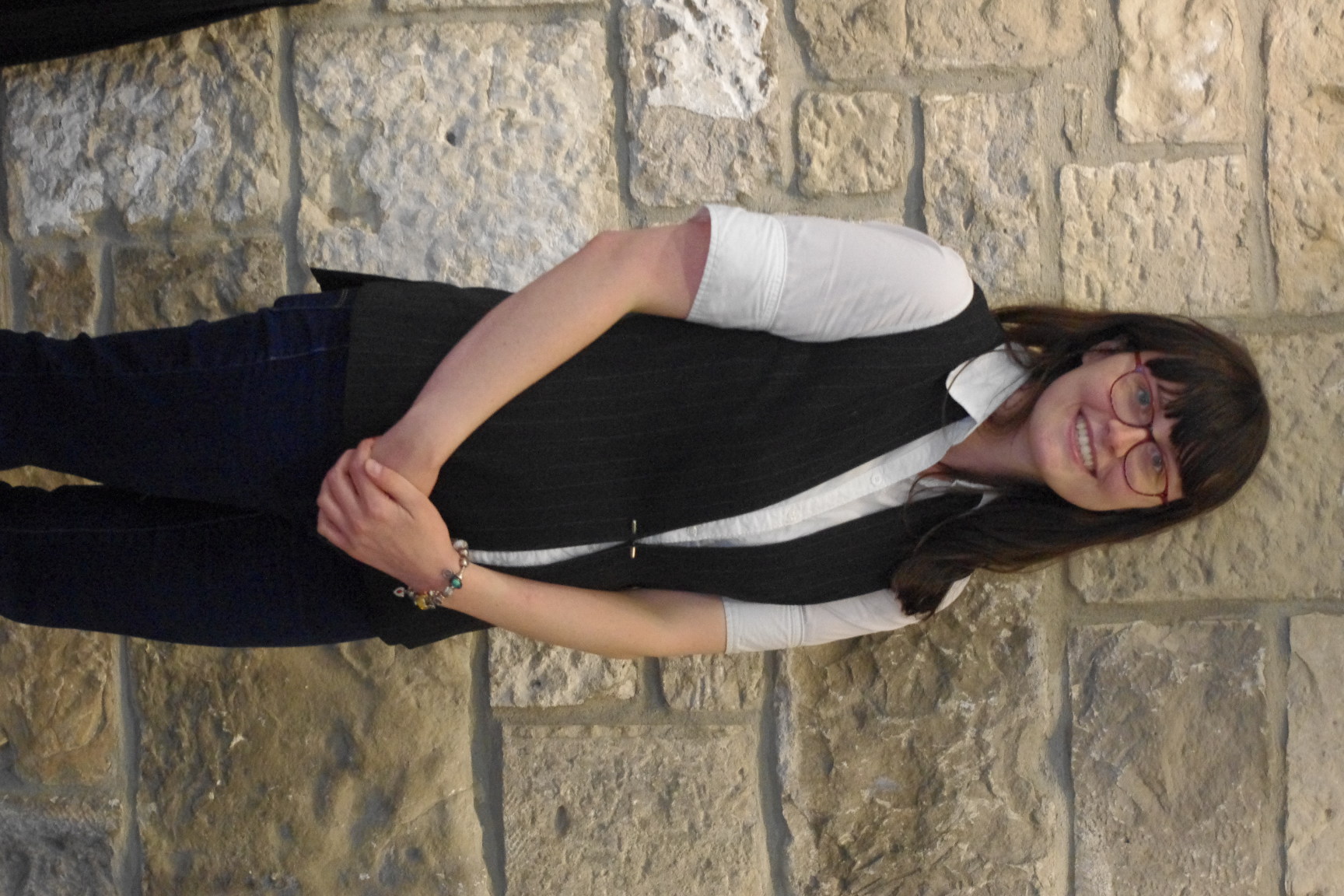2024 Technical Program
Edible Applications Technology
The Effects of Shear and Cooling Rates on the Encapsulation of Water-in-Oil Emulsion Droplets Within Crystal spheroids

Veronica Hislop
Ph.D Candidate
Toronto Metropolitian University, Canada- DR
Dérick Rousseau
Professor
Toronto Metropolitian University, Canada
Presenting Author(s)
Co-Author(s)
Food-related water-in-oil (W/O) emulsions are increasingly being sought to encapsulate labile, water-soluble compounds such as vitamins, aroma, flavour and peptides. By modulating the structure of water droplets in encapsulated crystalline lipid spheroids, tailored release of these compounds could occur. In this study, we investigated the role of shear and cooling rates on the microstructure of W/O emulsions containing lipid-encapsulated water droplets. The emulsions studied consisted of 5 wt% water dispersed in a bulk oil phase composed of soyabean oil (SO), hydrogenated soyabean oil (HSO), polyriconoleate (PGPR) and glycerol monooleate (GMO). Emulsions were prepared using a rotor-stator and cooled from 70 to 20°C on a rheometer stage (confined gap shear-cooling) at various cooling rates (0.5-2.0 °C/min) and shear rates (500, 1000 and 2000 s-1). Samples were characterized via polarized light (PLM) and brightfield light (BF) microscopy, differential scanning calorimetry and x-ray diffraction. The size and microstructure of the crystal spheroids were shown to be dependent on cooling and shear rates with the viscosity of the systems decreasing with increasing shear. Lower cooling rates resulted in the absence of water encapsulation while higher cooling rates encouraged encapsulation. PLM and BF microscopy revealed that the largest spheroid diameters occurred in the samples sheared at lower shear and higher cooling rates. Overall, the outcomes demonstrated that cooling and shear rate may be manipulated to tailor crystal morphology.

.jpg)